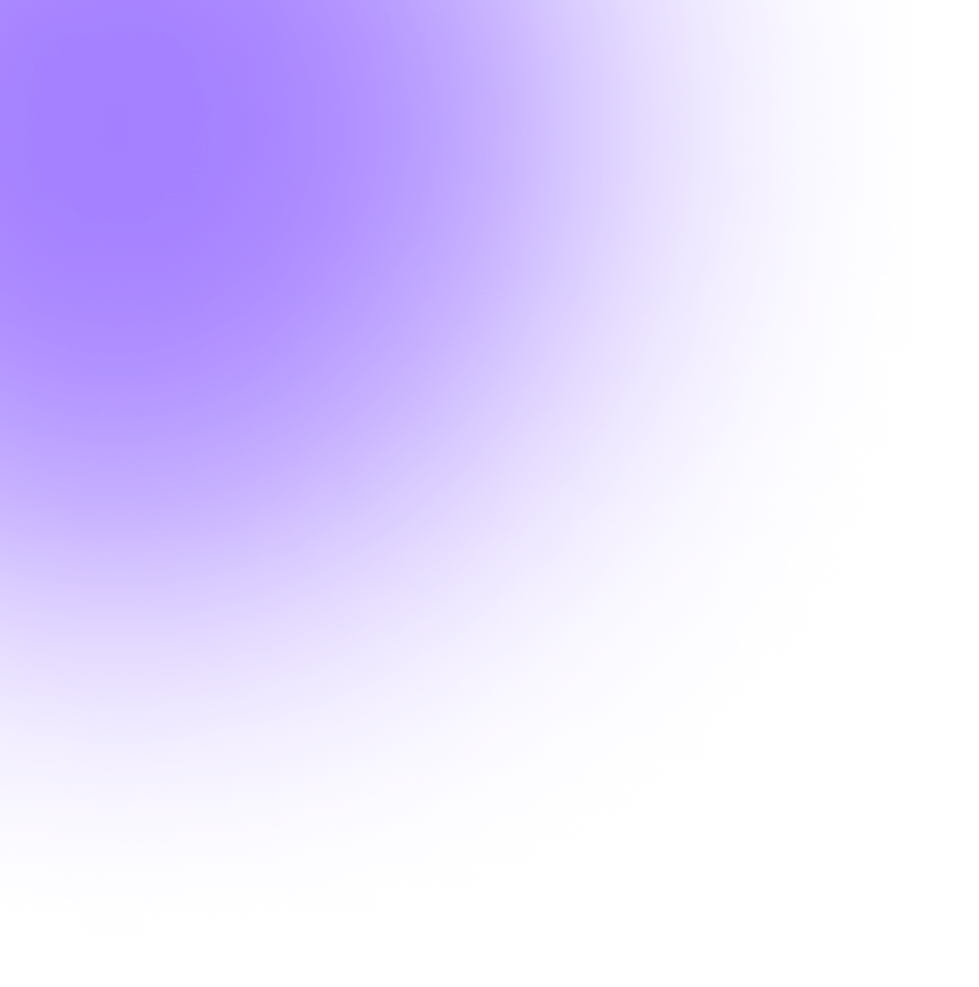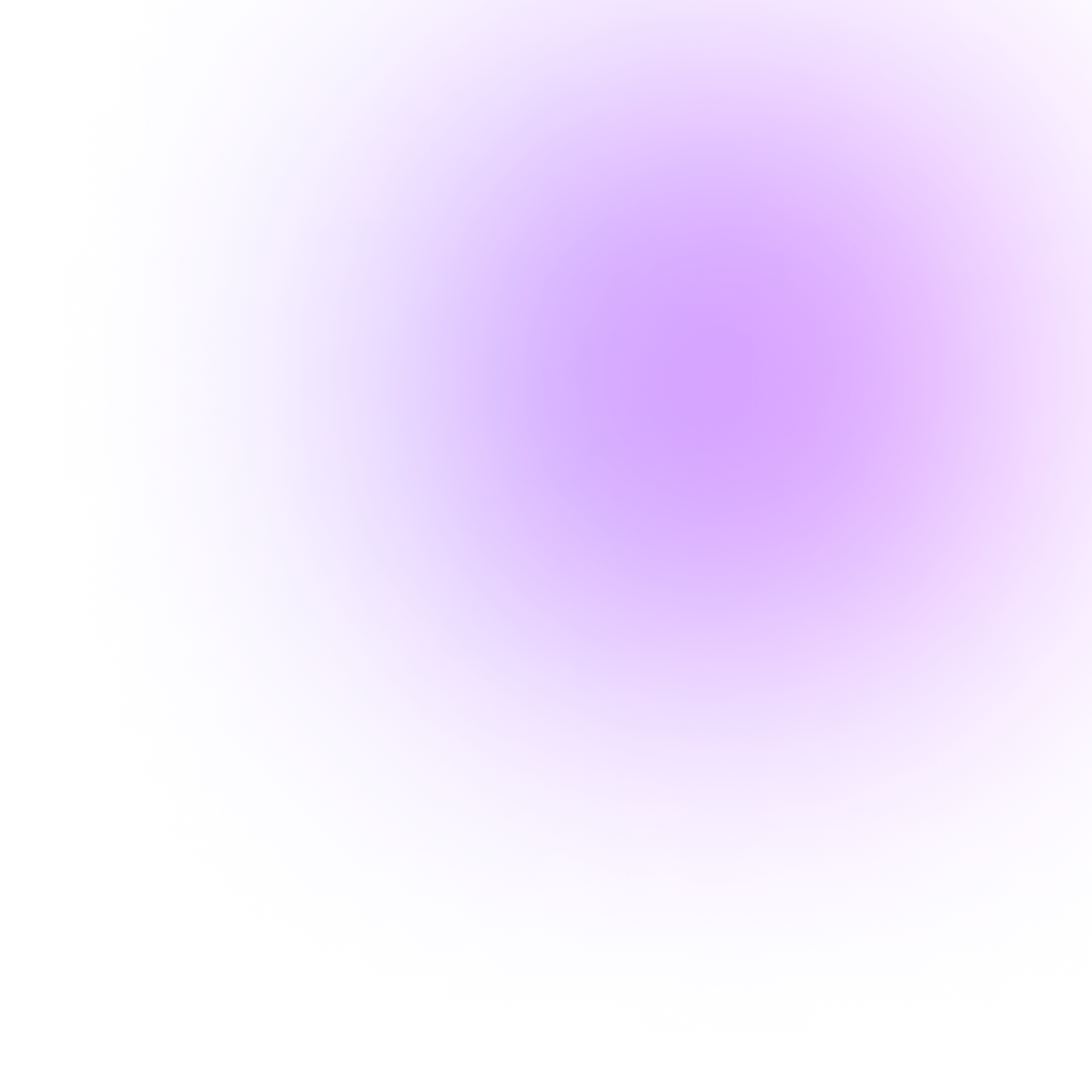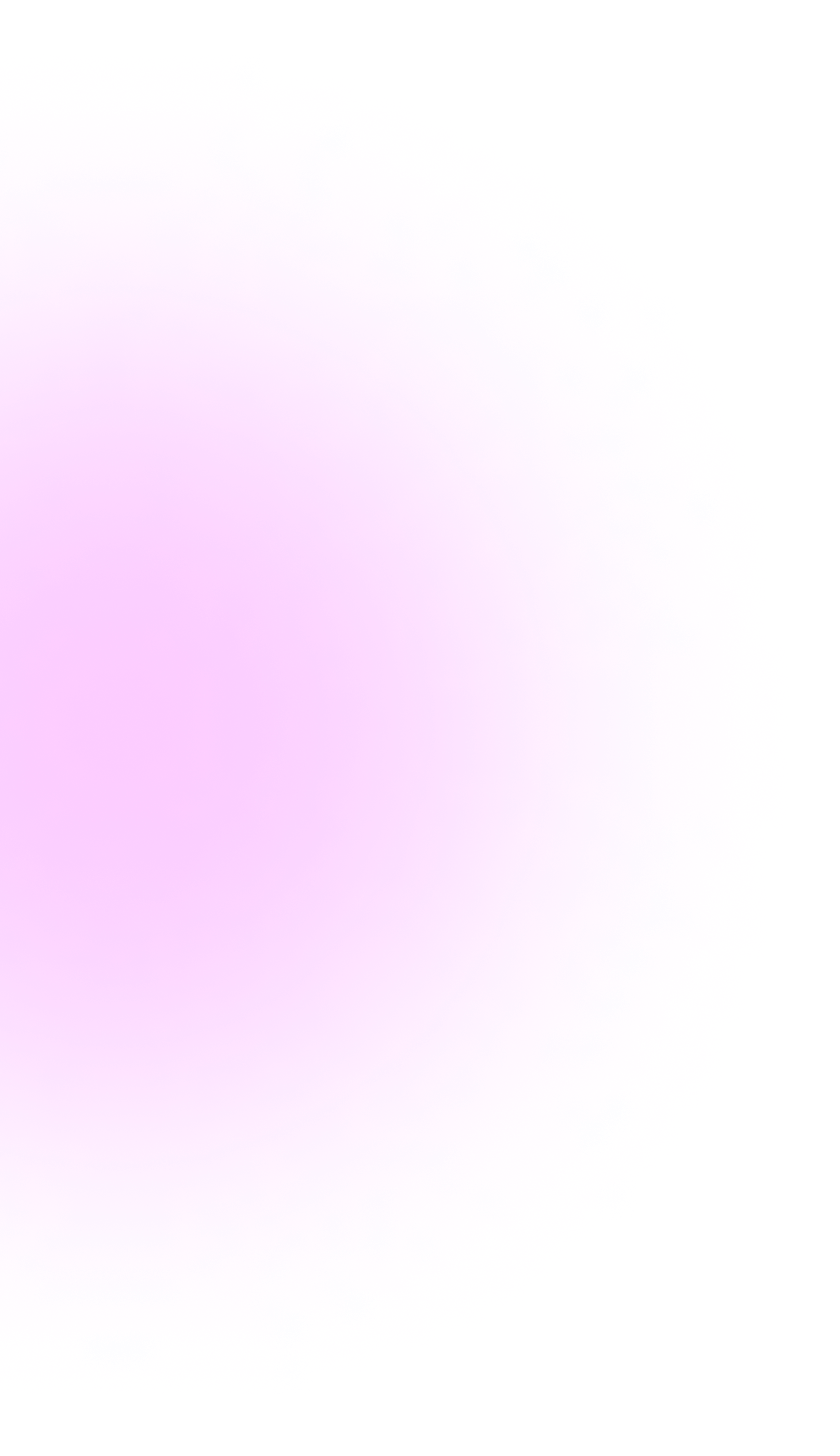




Understanding the Exposure Triangle in Photography 📸💡
Hey everyone! 🌟 we're diving into the foundational concept of photography—the Exposure Triangle! 🎯📷 This triangle is the key to unlocking your photography skills and understanding how to capture perfect shots every time.
What's the Exposure Triangle? 🤔🔺
The exposure triangle comprises three crucial elements: aperture, shutter speed, and ISO. These elements work hand in hand, affecting how light enters the camera and consequently influencing your photos' brightness, sharpness, and depth. Let's break it down!
Aperture: The Gateway of Light 🌅🔍
Imagine the aperture as the camera lens's pupil. It can expand or shrink, regulating the amount of light entering the camera through the lens and sensor. Confusingly, smaller aperture values (like f/1.4) mean larger openings, while larger values (e.g., f/16) signify smaller openings. Big openings allow more light, while smaller ones restrict it. Think of it like this: the smaller the number, the larger the opening, and the more the depth of field created, The bigger the number, the smaller the opening, and the lesser the depth of field created. Hence, to get a shallow depth of field, you should consider a wide aperture (a smaller number).
Shutter Speed: The Time Controller ⏱️📸
The shutter speed determines how long the camera's sensor is exposed to light. Fast shutter speeds freeze motion (perfect for sports), while slower ones allow more light and capture motion blur. It's like controlling the blink of an eye—quick blinks freeze action, slow ones create a blur. To create a milky effect or long-exposure images, you need a slow shutter speed and a tripod to stabilize the camera to create the lovely patterns. Also, know that a very fast shutter speed may reduce the amount of details the camera may record in case of colours and a balanced exposure, although a fast shutter speed may be required when using a telephoto lens. You may also need to adjust your incamera settings to allow your camera to shoot at high speed.
ISO: Light Sensitivity Setting 🌌📷
ISO measures the camera sensor's sensitivity to light. Lower ISO values (like ISO 100) mean less sensitivity, requiring more light for a proper exposure. Higher ISO (e.g., ISO 1600) increases sensitivity, which is handy in low-light situations, but it can introduce graininess, called 'noise.' We will discuss how noise is generated when we discuss pixels and in-depth ISO in our other blog.
Making the Exposure Triangle Work 🤹♂️🌟
Balancing these three elements is the trick! 🎩✨ You set two factors, and the camera figures out the third based on its built-in light meter. The light meter is built for an overall balanced light so it may not work for some kind of photography or situations when you're using external light that's not continuous light.) 📏🔦 The key to starting depends on your photography style.
Portrait or Scenic Photography 🌄👤
Portrait photographers want beautiful portraits with blurry backgrounds (a.k.a. 'bokeh'). They prioritize the aperture, choosing wider openings (lower f-stop values) for that dreamy effect. A prime lens with an 85mm, 105mm focal length, etc. works well for this.
On the flip side, scenic photographers want everything sharp from foreground to background, opting for smaller apertures (higher f-stop values).
Sports and Action Photography 🏀🏎️
In this realm, shutter speed reigns supreme! Capturing fast-moving subjects requires quick shutter speeds to freeze action. Play with shutter settings to get that perfect shot of motion or freeze the moment in time. Shooting multiple exposures helps here.
What's Next? 🚀📚
This is just the start! 🌟 Our upcoming blogs will delve deeper into each element. We'll explore depth of field, lenses, stops, metering, pixels, grain, and even using the exposure triangle in manual mode. Stay tuned to unleash your photography prowess! 🌈📸
Remember, photography is an art, and mastering the Exposure Triangle is your first step toward creating stunning visual stories! 🎨✨